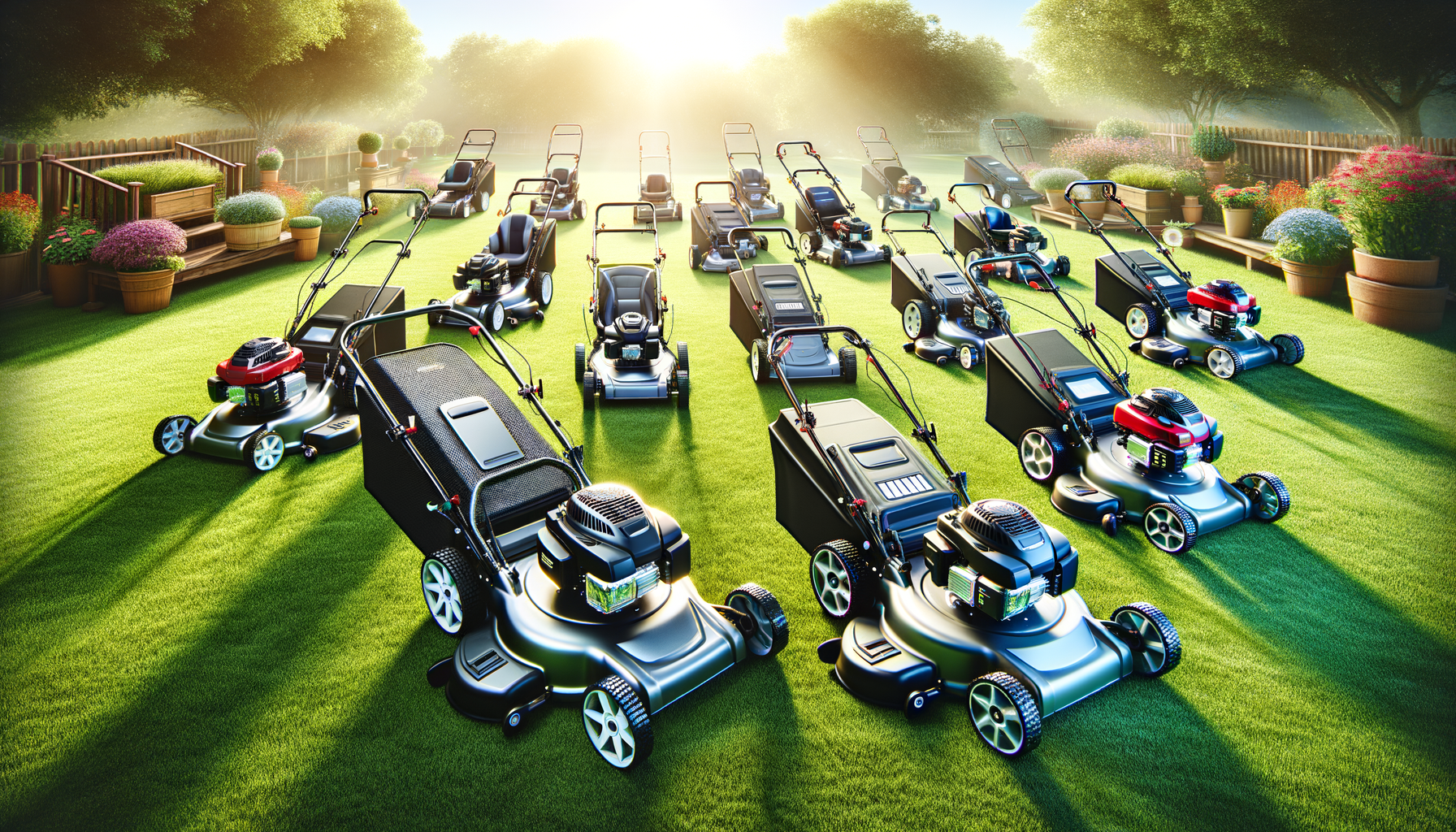Understanding Lawn Mower Types
Lawn mowers come in various types, each designed to cater to different gardening needs. The most common types include rotary mowers, reel mowers, and robotic mowers. Rotary mowers are popular for their versatility and ability to handle different grass types. They use a horizontal blade that spins quickly, cutting the grass upon contact. Reel mowers, on the other hand, offer a more traditional approach. They are manual and require pushing, making them eco-friendly and suitable for small lawns. Robotic mowers are the latest innovation, offering convenience by autonomously maintaining your lawn. They are ideal for those who prefer a hands-off approach but can be an investment.
When choosing a lawn mower, consider the size of your lawn, terrain, and personal preferences. For instance, if your lawn is large and uneven, a rotary mower with adjustable height settings might be the right choice. Conversely, for small, flat lawns, a reel mower could suffice. Robotic mowers are perfect for tech enthusiasts who enjoy automation. Each type has its pros and cons, and understanding them can help you make an informed decision.
Key Features to Consider
When purchasing a lawn mower, several features can enhance your mowing experience. One crucial feature is the cutting width, which determines how much grass the mower can cut in a single pass. A wider cutting width can reduce mowing time, especially for larger lawns. Another important aspect is the mower’s power source. Options include gas, electric, and battery-powered mowers. Gas mowers offer power and endurance, electric mowers are quieter and environmentally friendly, while battery-powered mowers provide mobility without the hassle of cords.
Additional features to consider are the mower’s weight and maneuverability, which affect ease of use. Self-propelled models can be beneficial for those who find pushing a mower challenging. Mulching capabilities are also worth considering, as they allow the mower to finely chop grass clippings and return them to the lawn as natural fertilizer. Ultimately, the features you prioritize will depend on your lawn’s specific needs and your comfort level with the technology.
Price Ranges and Budgeting
Lawn mowers are available across a broad price spectrum, catering to different budgets. Entry-level mowers can start as low as $100, offering basic functionality suitable for small lawns. Mid-range mowers, priced between $200 and $500, often include additional features such as self-propulsion and mulching capabilities. High-end models can exceed $1,000, providing advanced features like GPS navigation and programmable settings, typical of robotic mowers.
When budgeting for a lawn mower, consider not only the initial purchase price but also the long-term costs associated with maintenance and operation. Gas mowers, for example, might require regular fuel and oil changes, while electric and battery-powered mowers could incur electricity costs. Additionally, factor in the cost of replacement parts and potential repairs. Investing in a quality mower can save money in the long run by reducing the need for frequent replacements or repairs.
Environmental Considerations
As environmental awareness grows, many consumers are considering the ecological impact of their lawn care equipment. Traditional gas mowers can contribute to air pollution and noise, prompting some to switch to electric or battery-powered alternatives. Electric mowers produce zero emissions during operation and are generally quieter, making them a more environmentally friendly choice.
Battery-powered mowers offer a compromise between convenience and eco-friendliness, though battery disposal and production remain concerns. Reel mowers are the most environmentally conscious option, relying solely on human power and producing no emissions. When selecting a mower, consider your environmental values and how they align with the mower’s impact. Opting for a more sustainable option can contribute positively to the environment while maintaining your lawn.
Maintenance Tips for Longevity
Proper maintenance is key to extending the life of your lawn mower and ensuring optimal performance. Regularly cleaning the mower after use prevents grass build-up, which can lead to rust and damage. Sharpening the blades is crucial for a clean cut, typically required once or twice a season depending on usage. For gas mowers, changing the oil and replacing the spark plug annually can prevent engine issues.
Electric and battery-powered mowers require less maintenance but still benefit from regular checks of cables and battery health. Storing your mower in a dry, sheltered place can protect it from the elements and prolong its lifespan. By adhering to these maintenance practices, you can keep your mower in top condition, ensuring a well-manicured lawn year after year.




Leave a Reply